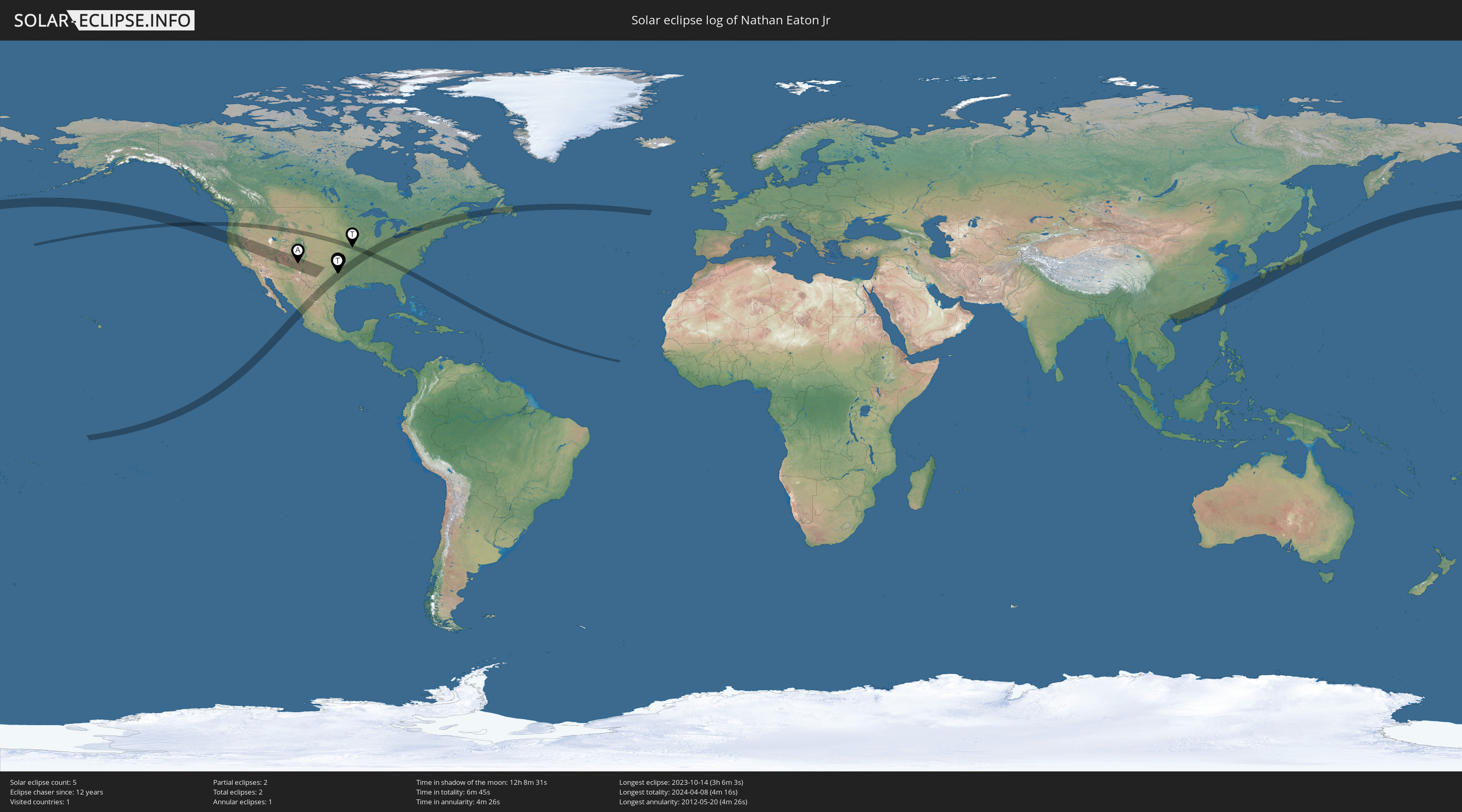Earlier this year, we started on the journey to replace our older telescopes, a Parks 60mm refractor (currently for sale) and an Orion 8" Dobsonian reflector, with something lighter and smaller. The new telescope is a Sky Watcher Evostar 72mm ED apochromatic refractor. It is under 18" long and only weighs a touch over 4 lb so it's very portable. On a solid mount and using our Sky Watcher Star Adventurer tracker, it makes a very nice platform for both visual and photographic views of the sky.
The telescope itself is optimized for viewing large but dim structures like galaxies and nebulae but with the right optics it works well for wide-field views of the planets, the Moon and the Sun. Of course, for solar viewing, it takes more special equipment. As with our other telescopes, I opted for one of the more affordable solutions, a filter made of Baader solar film. I had ordered Baader film from the Baader Planetarium but I needed a holder to fit the new Evostar. Instead of creating one from scratch out of cardboard as I did for the 2017 Total Solar Eclipse, I searched online and found a design on Thingiverse. Thanks to Dari Esfahani for creating it for me on his 3D printer.
Here are shots of the finished filter and the new telescope.
On Friday, I set up the telescope and filter in the backyard. The view was great as there is plenty of sun spot activity right now (see
SpaceWeather.com). I grabbed a shot through the eyepiece with my phone as it was too hot (105°) to take the time to mount my camera on the telescope. This morning before it got so hot, I tried again with the camera mounted on the Evostar. So, here are the "first light" and "second light" shots for the new solar filter.
.jpg) | Taken with Pixel 5 cell phone through
eyepiece on Evostar 72ED |
|
 | Taken with Nikon D750 mounted on
Evostar 72ED |
|
The shot taken with my phone isn't quite as clear and it has some odd artifacts from how the phone camera processed the image but otherwise, it isn't too bad. The shot through my Nikon D750 is sharper though I was a bit rushed and I think I can get even sharper focus the next time. As for the differences in the sun spots between the two images, it is in part because the orientation of the phone camera yesterday vs. the Nikon this morning plus a small difference in the size and location of each sunspot due to the time that had elapsed between each shot.
With the new solar filter, I'll be spending more time watching and photographing the surface of the sun. Stay tuned!
As always, click on an image to see full-screen.




.jpg)






















No comments:
Post a Comment